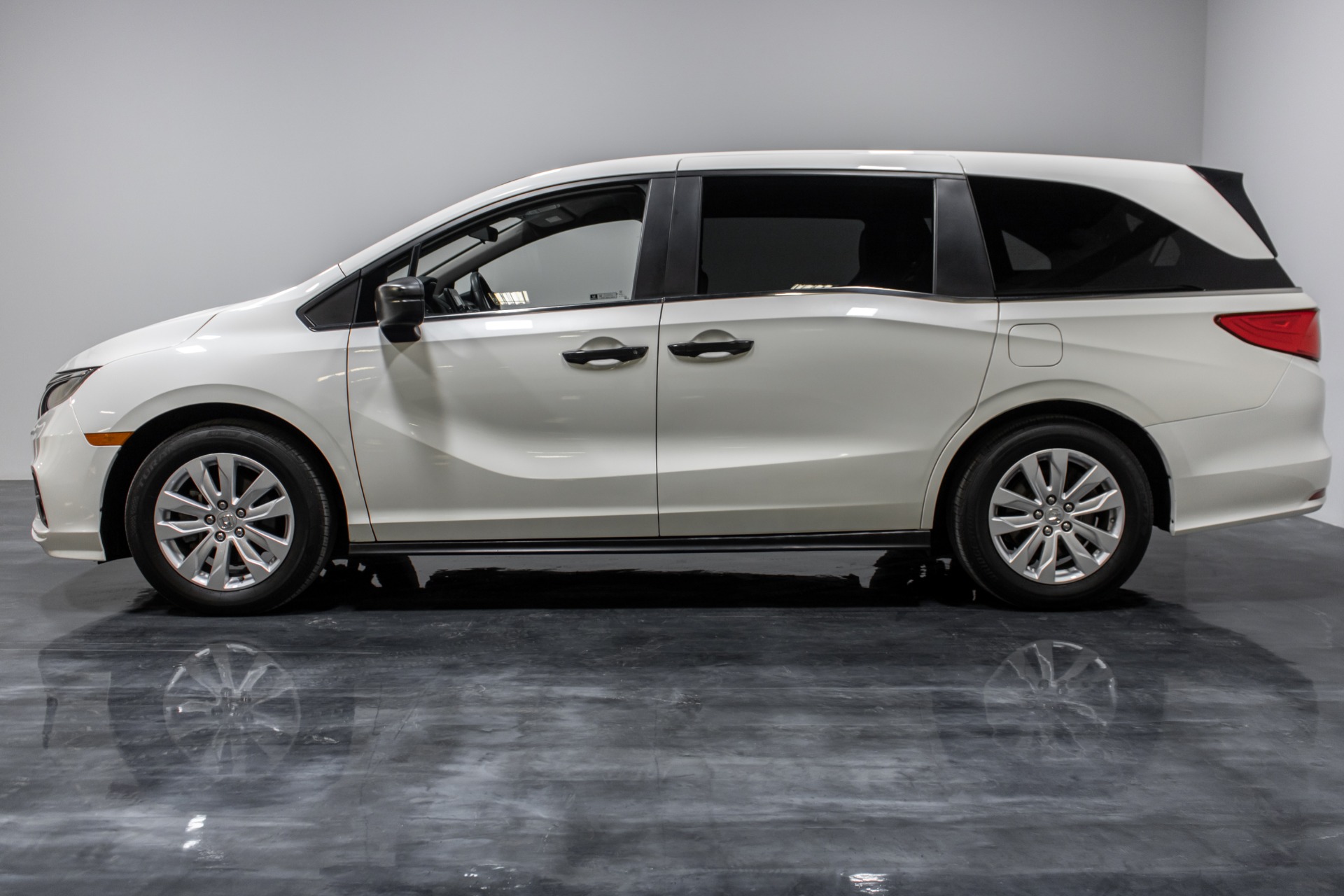
The 2018 Odyssey EX was priced at $34,800 in the U.S. Throw in high equipment levels (including a sunroof, remote start, adaptive cruise control, auto high beams, a 12-way power driver’s seat, tri-zone automatic climate control, a built-in vacuum) and the relatively pricey Odyssey’s value equation starts to come more clearly into view. The nine-speed is inoffensive, the Odyssey is a safety-ratings chart-topper, and the convenience of power-sliding doors and the Odyssey’s unique sliding second-row outboard seats can’t be understated, whether you’re loading an infant seat or fetching a sleeping six-year-old from the third row.

The ability to slide in 10-foot-long 2x4s has proven helpful on more than one occasion, and there’s 144 percent more cargo capacity (38.6 cubic feet) behind the third row than there is in the trunk of a Honda Accord. Ample V6 power (0-60 mph in less than seven seconds 50-70 mph in a tick over four seconds) is matched with observed fuel economy of between 21 and 25 miles per gallon. Its adult-friendly third row space is a decidedly unusual trait in SUVs of any size. The breadth of talent on offer in the Odyssey – and its four competitors, to be frank – is remarkable. But pound-for-pound and dollar-for-dollar, are any of them better? For family-of-five duties, I would prefer a Chevrolet Suburban, Ford Expedition, most any full-size pickup, a Kia Telluride, a Toyota 4Runner, or any number of premium three-row utilities. It’s a bizarre outcome given the undeniable, incontrovertible, unquestionable fact that the Honda Odyssey is the best vehicle on the market.Įxcuse the hyperbole, particularly since even one who accepts such a “fact” will need to separate desirability from superiority. In a market that (quite unpredictably) slid by more than 12 percent in 2020’s first-quarter, van sales were down 21 percent, a loss of over 21,000 U.S. Current minivan market share stands at just 2 percent, down from 4 percent in 2011 and 6 percent in 2006.

in 2019 2020 minivan volume will fall for a fourth consecutive year. Changes in the typical family vehicle buyer’s tastes have seen demand for vans plummet: segment-wide volume was down 15 percent in the U.S. Against my own internal bias, we acquired a vehicle with a nine-speed automatic transmission, nine-speeds having disappointed me previously in everything from the Chrysler 200 and Pacifica to the Fiat 500X, Jeep Renegade, Jeep Cherokee, and Honda’s own Acura TLX and MDX.Īnd against conventional buying patterns, we opted for one of the five remaining vans on offer in the North American marketplace. This time, against conventional wisdom, we were early adopters of the new-for-2018 fifth-generation Odyssey.

In spite of considerations involving pickups, downsizing, and three-row utility vehicles, our family ended up in our second consecutive Honda Odyssey in the spring of 2018.


 0 kommentar(er)
0 kommentar(er)
